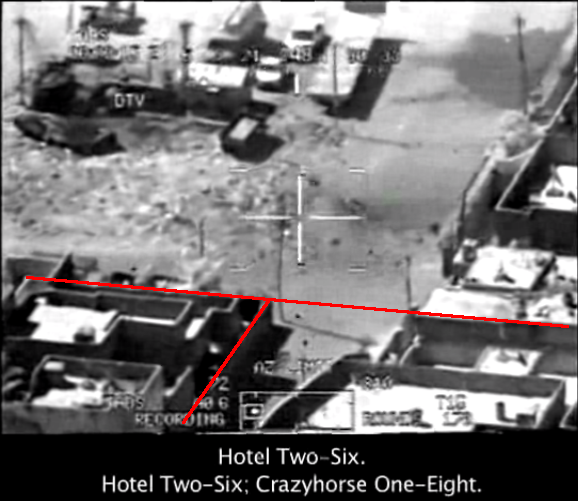February 18 in History
2010 – WikiLeaks publishes the first of hundreds of thousands of classified documents leaked by Chelsea Manning
On this day in 2010, a relatively obscure website called WikiLeaks published a leaked diplomatic cable detailing discussions between American diplomats and Icelandic government officials. The leak of ‘Reikjavik13’ barely registered with the public, but it was the first of what turned out to be nearly 750,000 sensitive documents sent to WikiLeaks by Chelsea Manning. Now considered one of the most prolific and significant whistleblowers in American history Manning’s leaked documents shed light on atrocities committed by American armed forces, painted a far grimmer picture of the wars in Iraq and Afghanistan and greatly embarrassed the United States’ diplomatic establishment.
Manning, an intelligence analyst in the US Army, was deployed to Iraq in October 2009. Her job gave her access to all manner of classified and sensitive information from various organs of the state. On January 5, 2010, she began downloading massive amounts of material, starting with 400,000 documents pertaining to the Iraq War. Manning put the information on a CD marked ‘Lady Gaga’ in order to smuggle it home and upload it to her personal computer. On leave in the United States, she shopped the information to both The New York Times and The Washington Post but neither took an interest. She began sending material to WikiLeaks in early February, but again got no response.
Then, on February 18, Manning sent WikiLeaks the cable known as ‘Reykjavik13’. The site published it within hours. Manning later said that she felt the cable depicted the US government “bullying” the government of Iceland, and hoped that the leak would put pressure on the US to lend economic assistance. The incident would have been a tiny historical footnote if not for the leaks that followed. Throughout the spring of 2010, WikiLeaks published hundreds of thousands of documents leaked by Manning, oftentimes via The New York Times, Der Spiegel and The Guardian.
The diplomatic cables contained frank discussions of policy and American descriptions of foreign leaders, many of whom found cause to be offended, but other leaks revealed shocking truths about the wars in Iraq and Afghanistan. Manning and WikiLeaks released multiple accounts and even videos of US airstrikes that killed civilians, and the information they disclosed led watchdogs to estimate that American armed forces were responsible for over 10,000 more civilian deaths than they had officially acknowledged. As a whole, the leaks showed that the wars were not only going much worse than the government led the populace to believe but that the scope of the humanitarian disaster was larger as well.
Manning was arrested in May of 2010 and was eventually sentenced to 35 years in military prison, which many called an extremely harsh sentence for a whistleblower. President Barack Obama stopped short of pardoning her but commuted her sentence in January 2017, just three days before leaving office. She received international acclaim from free speech and anti-war activists and is now known as one of the most significant whistleblowers in US history.
-history.com
Gun camera footage of the airstrike of July 12, 2007, in Baghdad, showing the slaying of Namir Noor-Eldeen and a dozen other civilians by a US helicopter –Public Domain



Comments are closed, but trackbacks and pingbacks are open.